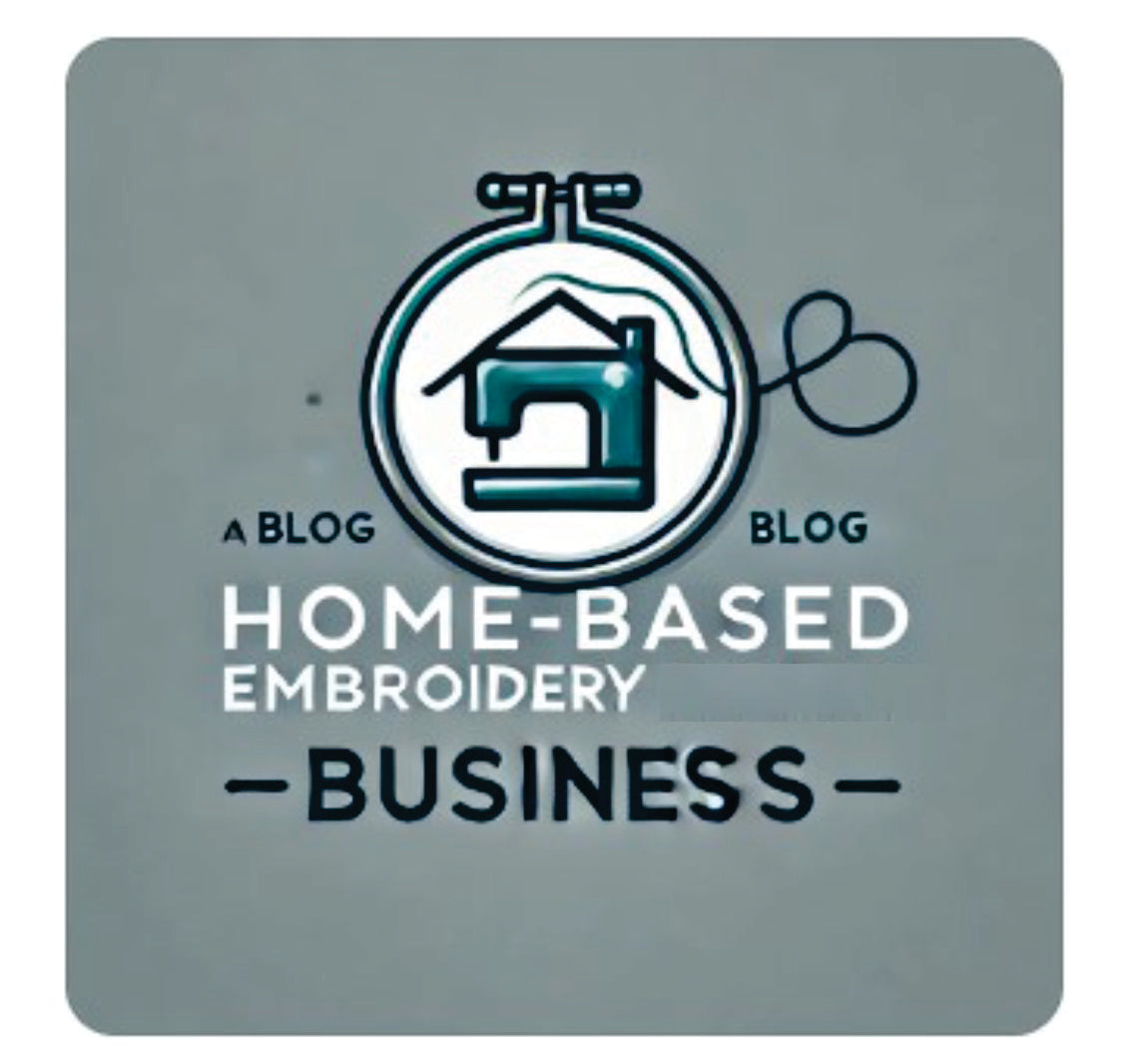Embroidery is a versatile and creative craft that can turn into a profitable home-based business. With the right tools, planning, and marketing strategies, you can establish a successful embroidery business from the comfort of your home. Here’s a comprehensive guide to help you get started.
Step 1: Research and Planning
- Market Research:
- Identify your target market (e.g., local businesses, schools, sports teams, individuals).
- Analyze competitors to understand their strengths and weaknesses.
- Determine the types of embroidery services in demand (e.g., custom apparel, corporate branding, personalized gifts).
- Business Plan:
- Write a detailed business plan outlining your goals, target market, services offered, pricing strategy, and marketing plan.
- Set short-term and long-term objectives to guide your business growth.
Step 2: Setting Up Your Workspace
- Choosing a Space:
- Designate a dedicated workspace in your home that is quiet, well-lit, and free from distractions.
- Ensure you have enough room for your embroidery machine, supplies, and storage.
- Essential Equipment:
- Invest in a high-quality embroidery machine suitable for your business needs.
- Purchase necessary supplies such as threads, stabilizers, needles, hoops, and software for design digitizing.
- Organizing Your Workspace:
- Set up a functional and organized workspace to streamline your workflow.
- Use shelves, bins, and drawers to keep your supplies neatly organized and easily accessible.
Step 3: Acquiring Skills and Knowledge
- Learning the Craft:
- Take online courses or attend workshops to enhance your embroidery skills.
- Practice different techniques and experiment with various designs to build a diverse portfolio.
- Staying Updated:
- Follow industry trends and advancements to stay competitive.
- Join embroidery forums, groups, and social media communities to connect with other embroiderers and share knowledge.
Step 4: Creating a Portfolio
- Showcasing Your Work:
- Create a portfolio showcasing your best embroidery projects. Include a variety of designs and techniques to demonstrate your versatility.
- Take high-quality photos of your work to use in your marketing materials.
- Building a Website:
- Develop a professional website to display your portfolio, list your services, and provide contact information.
- Include customer testimonials and a blog to share tips and updates about your business.
Step 5: Marketing Your Business
- Online Presence:
- Utilize social media platforms like Instagram, Facebook, and Pinterest to showcase your work and attract potential clients.
- Create engaging content, such as behind-the-scenes videos, tutorials, and customer stories.
- Networking:
- Attend local events, craft fairs, and business expos to network with potential clients and partners.
- Offer your services to local businesses, schools, and sports teams.
- Promotions and Discounts:
- Run promotions and offer discounts to attract new customers and encourage repeat business.
- Create loyalty programs to reward your regular clients.
Step 6: Managing Operations
- Order Management:
- Implement an efficient system for tracking orders, managing inventory, and scheduling projects.
- Use software tools to streamline your operations and reduce administrative tasks.
- Customer Service:
- Provide excellent customer service by responding promptly to inquiries, meeting deadlines, and addressing any issues professionally.
- Follow up with clients to ensure they are satisfied with your work and encourage feedback.
Step 7: Scaling Your Business
- Expanding Services:
- As your business grows, consider expanding your services to include screen printing, heat transfers, or offering ready-made embroidered products.
- Invest in additional equipment and hire staff if necessary to handle increased demand.
- Continuous Improvement:
- Regularly review your business processes and seek ways to improve efficiency and quality.
- Stay open to new ideas and innovations to keep your business competitive and relevant.
Conclusion
Starting a home-based embroidery business can be a rewarding and profitable venture. With careful planning, dedication, and continuous learning, you can turn your passion for embroidery into a thriving business. Follow these steps to establish a solid foundation and grow your business successfully. Happy stitching!

